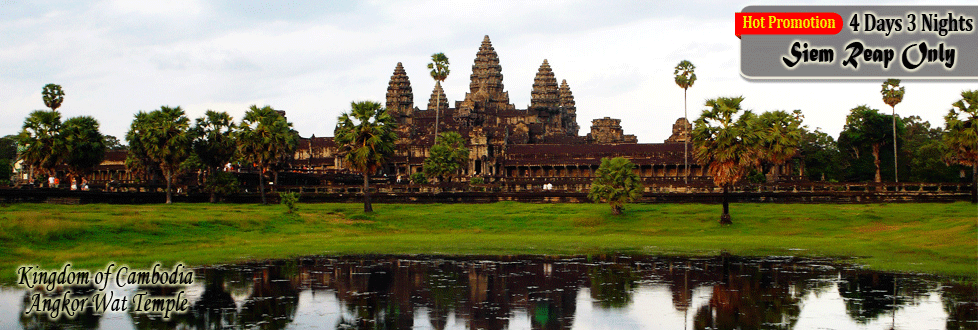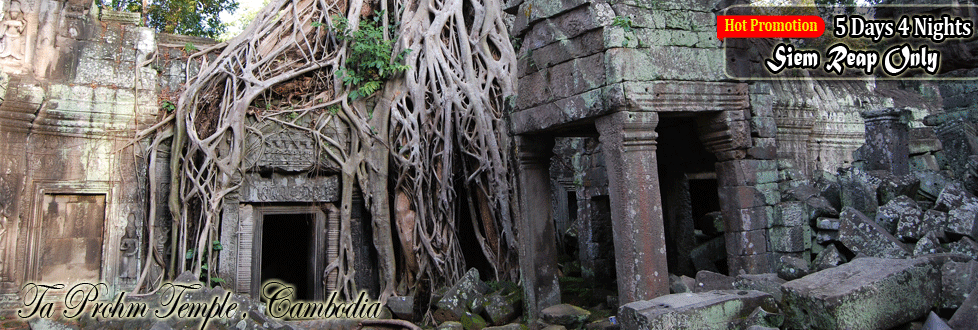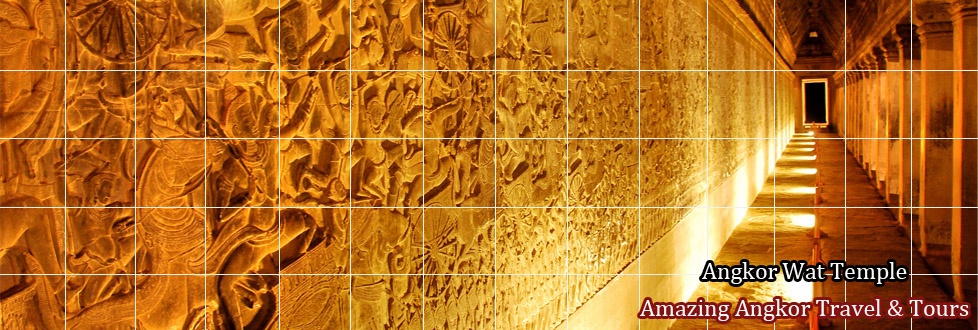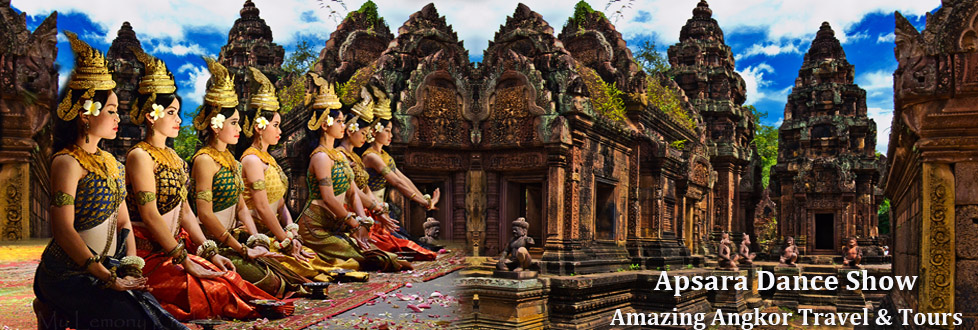|
Cambodia Information
Cambodia Tour Packages
Cambodia Hotels
Cambodia Attraction
|
Khmer Peolpe
Cambodian Populations
The population of Cambodia is 13,363,421 (2004 estimate). Population growth per year is estimated at 1.8 percent, one of the highest rates in Asia. The rate of infant mortality is also high. The population density is 76 persons per sq km (196 per sq mi), with the densest concentrations on the heavily cultivated central plain. The mountainous regions of the country, where malaria is widespread, are thinly populated, as are the poorly watered northern provinces. During the late 1970s, under the brutal rule of the Khmer Rouge, all of Cambodia’s towns were depopulated, and residents were forcibly relocated to rural areas. A process of reurbanization began in the 1980s. Cambodia’s capital, Phnom Penh, is situated at the junction of the Mekong and Tonlé Sab rivers. Other major cities are Bãtdâmbâng, Kâmpóng Cham, Kampot, and Cambodia’s only deep-water port, Kampong Soam, located on the Gulf of Thailand.
Ethnic Cambodians, or Khmer, constitute 90 percent of the population. About 5 percent of the country’s inhabitants are of Vietnamese origin, and 1 percent are Chinese. Seminomadic tribal groups concentrated in the mountainous northeast make up the remaining 4 percent of the population. Cambodia’s official language is Khmer, or Cambodian, which belongs to the Mon-Khmer family of languages (see Austro-Asiatic Languages). French was formerly an important secondary language in the country, but English gained considerable ground in the 1990s. Other languages spoken include Vietnamese and an assortment of South Chinese dialects.
Eighty percent of Cambodia’s people live in rural areas, where their principal occupation is subsistence farming on family-operated holdings. In rural Cambodia, most houses are built of palm leaf and bamboo and are often raised on stilts for protection from annual floods. A rural village (phum) consists of a group of houses, usually clustered around a Buddhist monastery, or wat.In the cities, life for the poor resembles life in the countryside, but sanitary conditions are worse and violent crime is much more frequent. Wealthy and middle-class Cambodians value material possessions, which reflect their social standing. In the 1990s hundreds of extravagant villas were built for members of the political and commercial elite. Most rural Cambodians wear simple clothing and have few material possessions. Women usually dress modestly in cotton shirts and ankle-length skirts, reserving their multicolored, locally woven silks for religious festivals. A cotton garment called a krama is worn by both men and women as a head covering, as a loincloth (for bathing), and as a carrying bag. Urban Cambodians usually wear Western-style clothing. Rice and fish form the basis of the Cambodian diet. Cambodian families are large, but infant mortality, especially from intestinal disorders, remains high. Women head a large proportion of family units because many men were killed in the warfare of the 1970s and 1980s. In most families, females manage the household economy. Women also constitute the majority of vendors at local markets. Traditionally, boys became monks for a few months during their adolescence, but this practice is fading. |




.jpg)
.jpg)
.jpg)

.jpg)
.jpg)
.jpg)

.gif)

 Cambodia Visa & Passport
Cambodia Visa & Passport 











.png)
